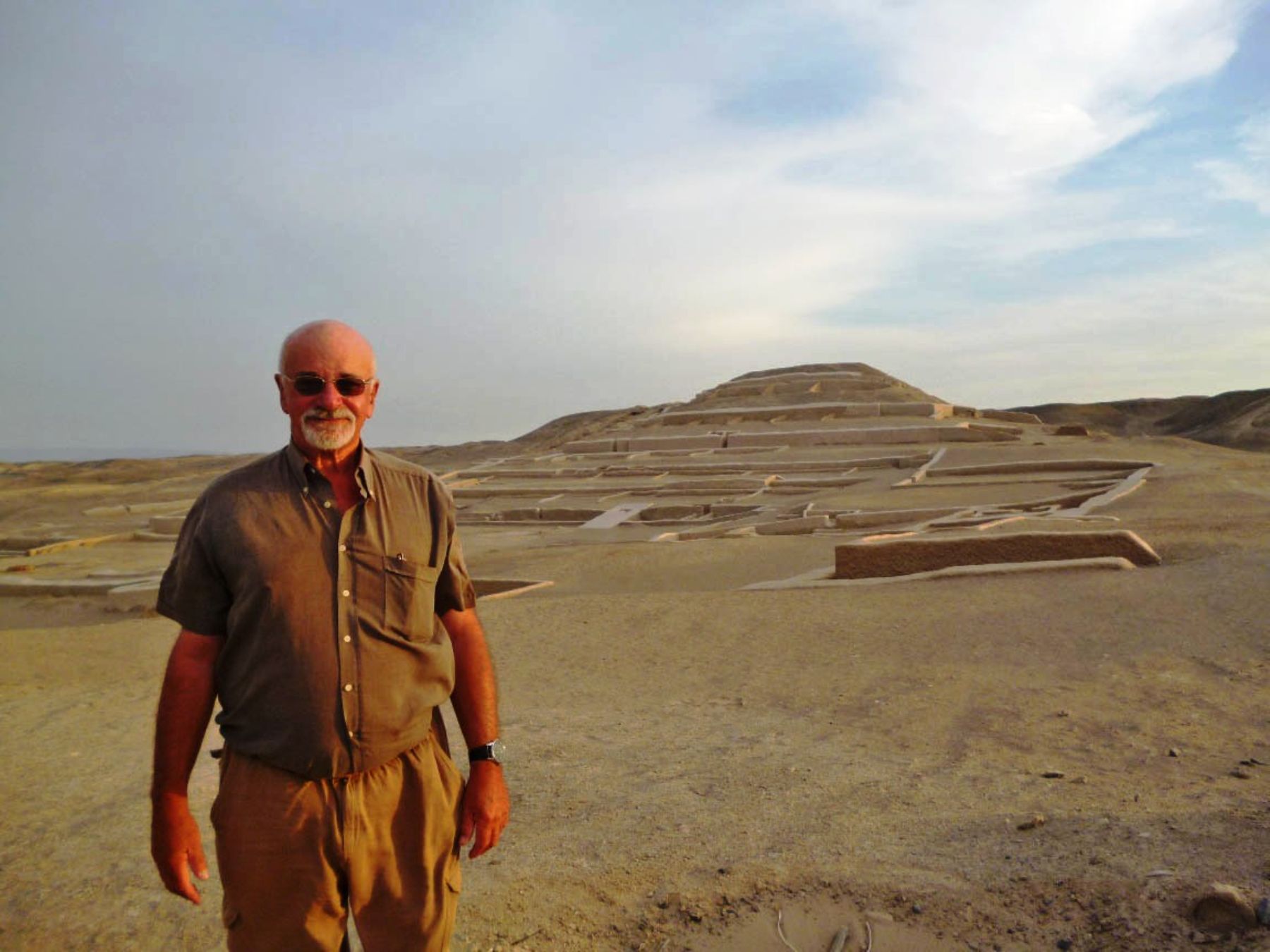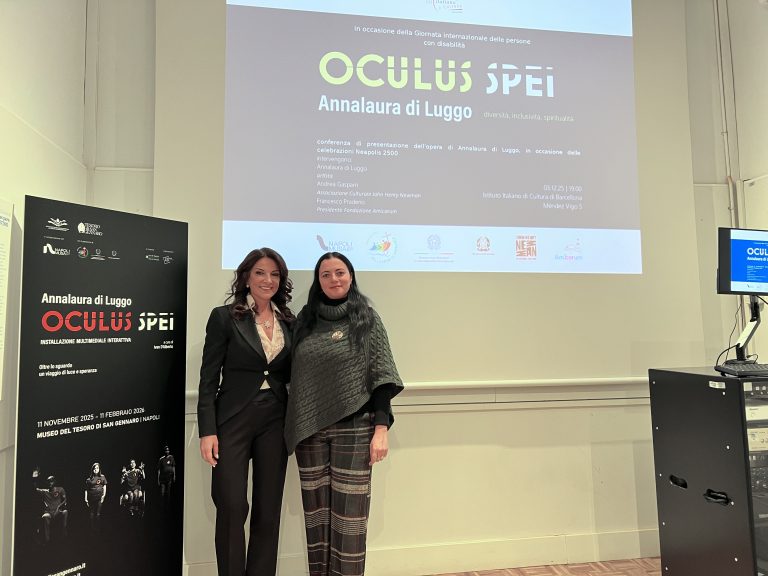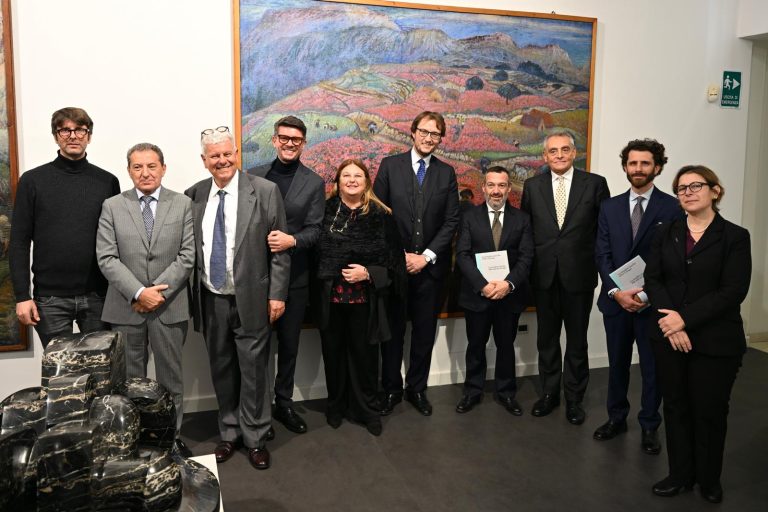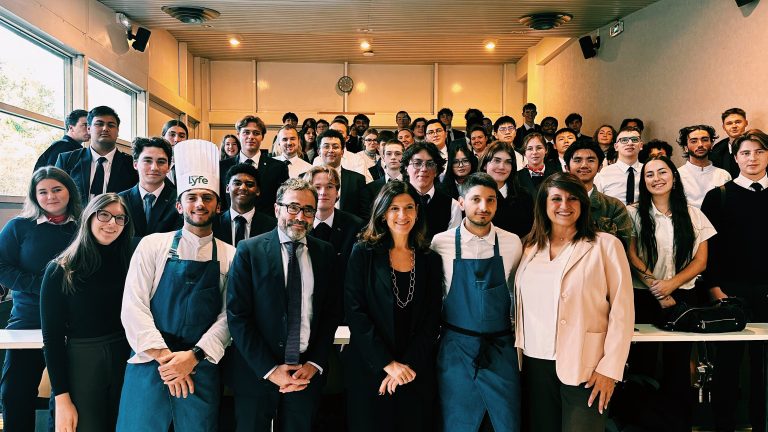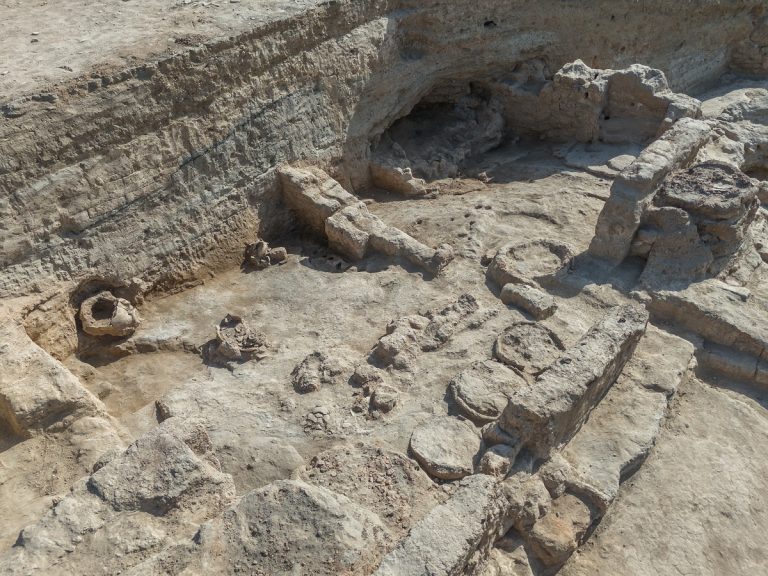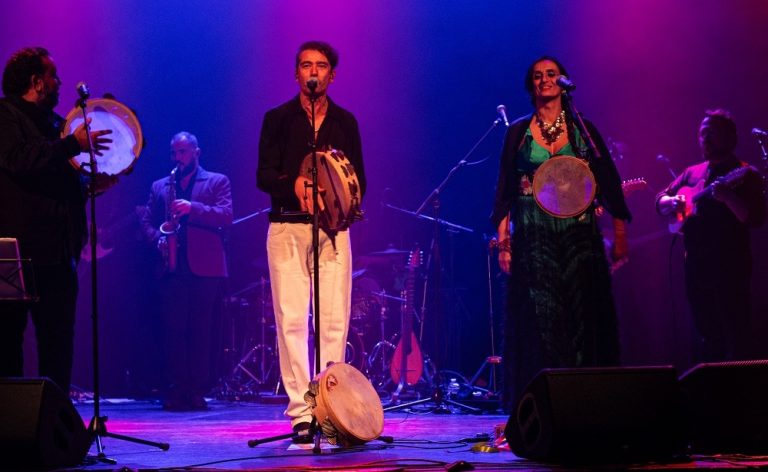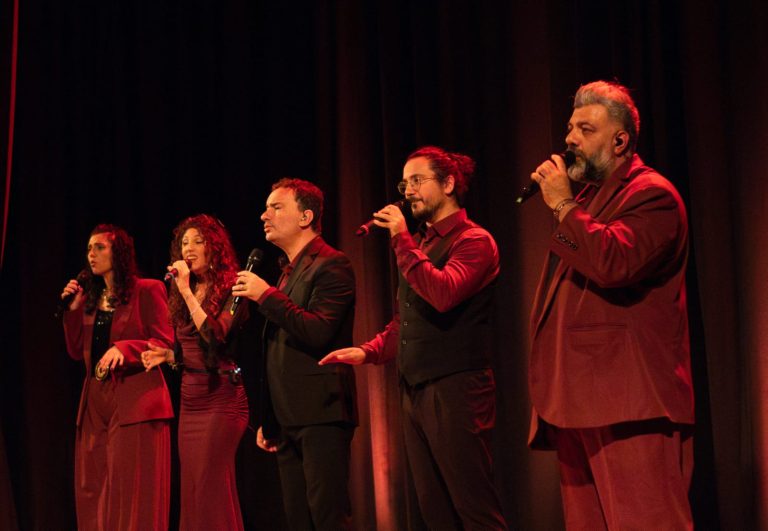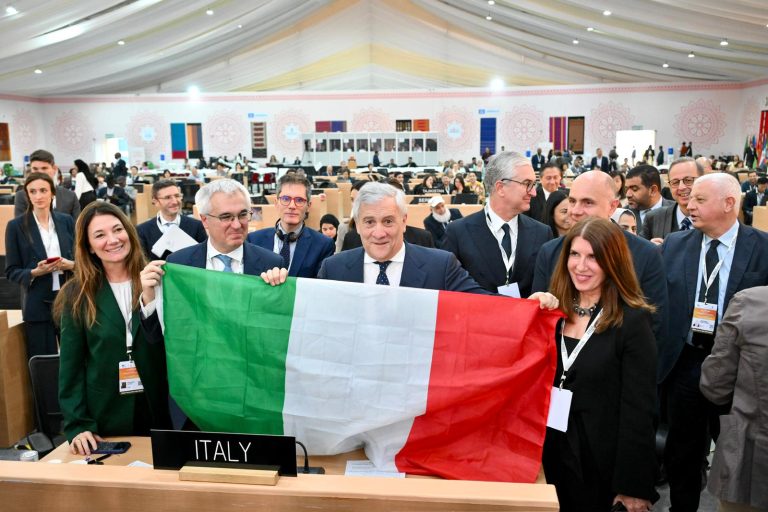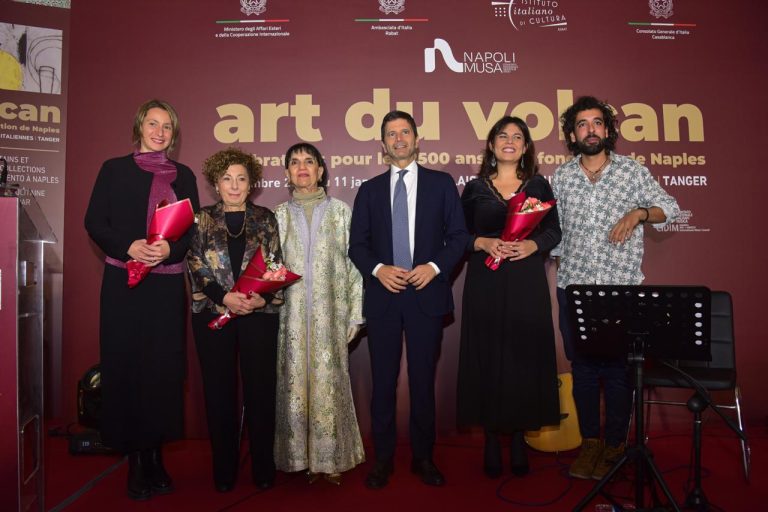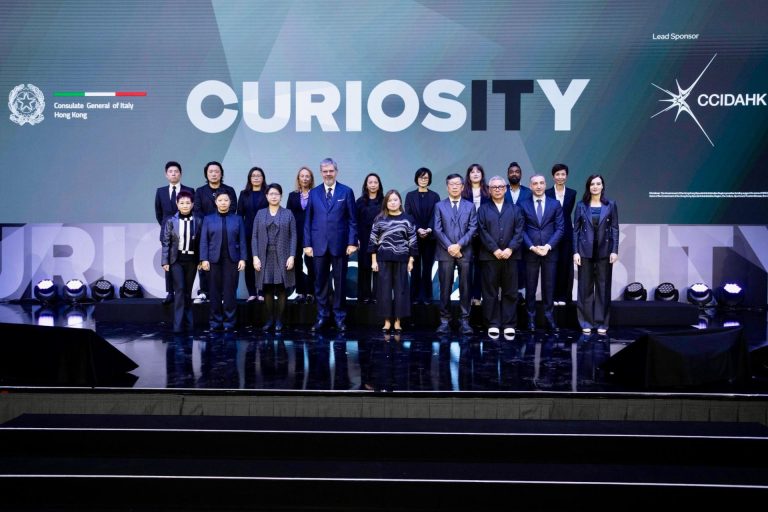A scholar of pre-Hispanic Peru, Prof. Giuseppe Orefici passed away on June 27, 2025. His scientific and human profile is recalled by Dr. Maria Ilaria Pannaccione Apa, Director of the HUACAS Archaeological Mission (Peru). Prof. Orefici was Director of two Archaeological Missions supported by the Foreign Ministry, in Tiahuanaco (Bolivia) and Cahuachi (Peru).
The central part of the contribution was kindly made available by Professor Antonio Aimi[1] of the University of Milan, an Americanist who works on the interpretation of the sources (finds and texts) of pre-Columbian cultures in the area of intersection of different disciplines and a dear friend of Professor Orefici.
We also thank the family, Arch. Elvina Pieri Orefici and Dr. Sarah Orefici for having given their consent.
Giuseppe Orefici was born in the Italian city of Brescia on April 7, 1946, to one of the oldest and most aristocratic families of Jewish origin.
From a young age, he was tireless, curious, studious, and meticulous; he graduated in architecture, an important expertise that he skillfully combined with his true profession as an archaeologist of the Andes.
In more than 40 years of field research, he directed excavations and investigations in Peru, Bolivia, especially in Chile with the RAPA NUI project on Easter Island, Mexico, Cuba, and Nicaragua.
Through a series of important discoveries, Orefici managed to reconstruct a complete and articulated picture of one of the most fascinating cultures of pre-Hispanic Peru through systematic research that, year after year, addressed many of the ceremonial and residential sites, buildings, and the most important themes of Nazca society, particularly the great archaeological site of Cahuachi.
He was a visiting professor at the Sorbonne in Paris and at Rome’s Università degli Studi Roma Tre.
He received honorary degrees from three Peruvian universities and other awards. In 2006, he was awarded the title and decoration of Grand Knight of the Regional Government of Ica, Peru.
He died on June 27, 2025, after a long and exhausting illness.
His long career included collaborations with various international institutions, such as the Italian ITACA-CNR mission; the Polish universities of Warsaw, which began in 1985 and continues to this day; Torun and Wrocław, currently working in various areas of architectural conservation and contextual materials; and the Italian University of Bologna on the use of laser scanning in monumental structures and the cataloging of ceramic and lithic materials.
From 1982 to the present time, his center, CISRAP (Italian Center for Pre-Columbian Archaeological Studies and Research), has led the archaeological mission on the banks of the Nazca River itself, at the sites of San José, Pueblo Viejo, and Cahuachi, where previous, sporadic archaeological investigations dated back to the 1950s.
At Cahuachi, in particular, Orefici discovered and studied numerous predominantly ceremonial structures: large stepped temples, ceremonial enclosures, and pyramids. Among the most significant are the Great Pyramid, the Step Temple, and the Orange Pyramid, where the tomb of the “Child Priestess” was found.
In 1999, CISRAP, thanks to the support of the Antonini family, was able to create a structure that includes spaces for the study and conservation of the finds and the Antonini Museum. The museum exhibits the most important finds from the excavations, offering a comprehensive and up-to-date overview of the Nazca culture, including ceramics, ornaments, wood and stone sculptures, and exceptional painted textiles.
Likewise, since 2001, CISRAP’s mission has launched a careful program for the conservation of the unearthed buildings. The work has focused primarily on Cahuachi, particularly the northern part of the Great Pyramid, the Temple of the Staircase, and the Orange Pyramid.
To date, the careful planning it has organized continues the conservation and dissemination program at local, national, and international levels.
It has devoted considerable attention to disseminating this immense cultural heritage through courses, conferences, and guided tours, with special attention to younger generations of students who are learning about the beautiful and complex profession of archaeology.
[1] Antonio Aimi, in: La contribución de los arqueólogos italianos a la investigación arqueológica en el Perú, in: Perú e Italia 1821-2021, edited by G. Bonfiglio, Fondo Editorial del Congreso del Perú, Lima, pp. 223-227.

